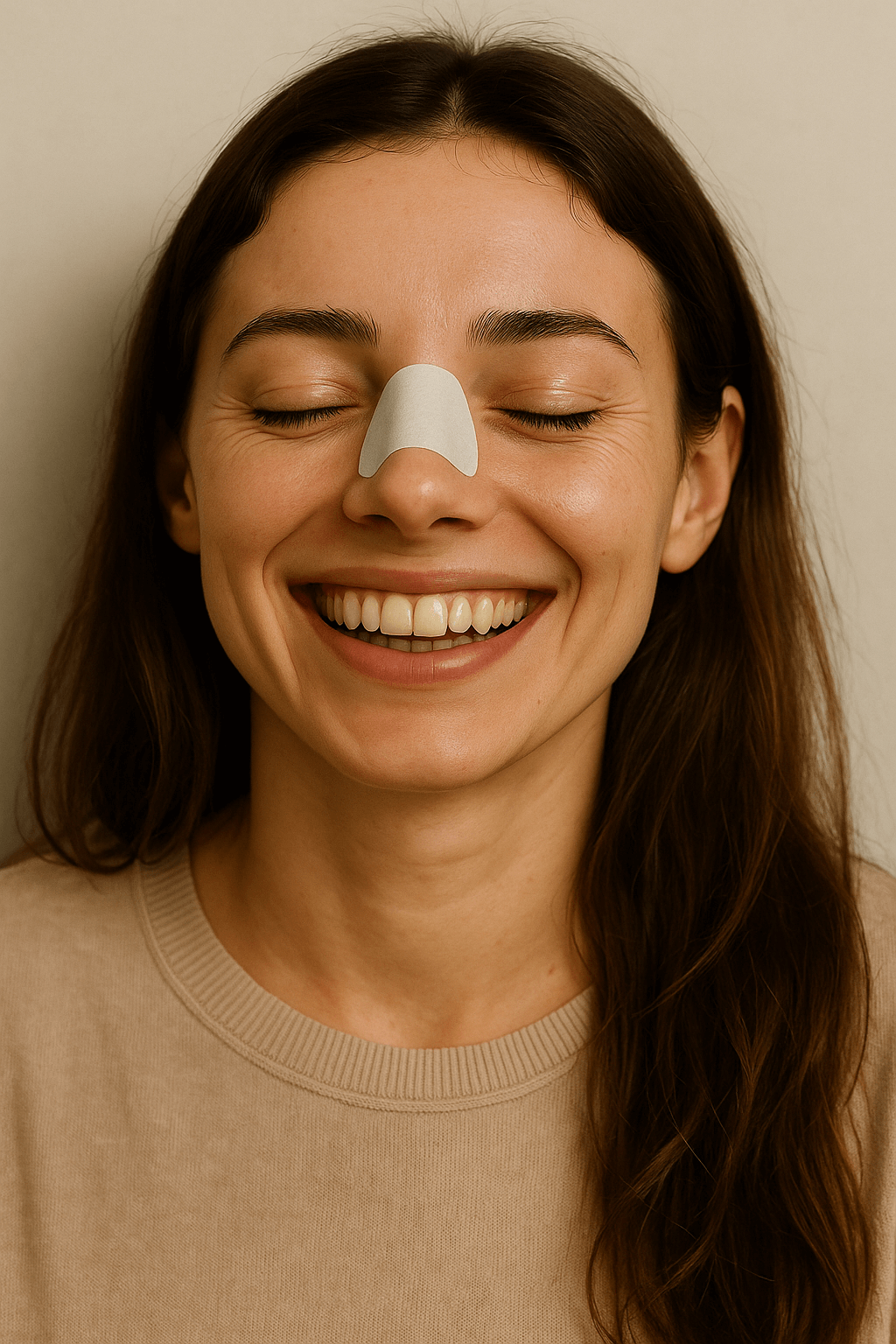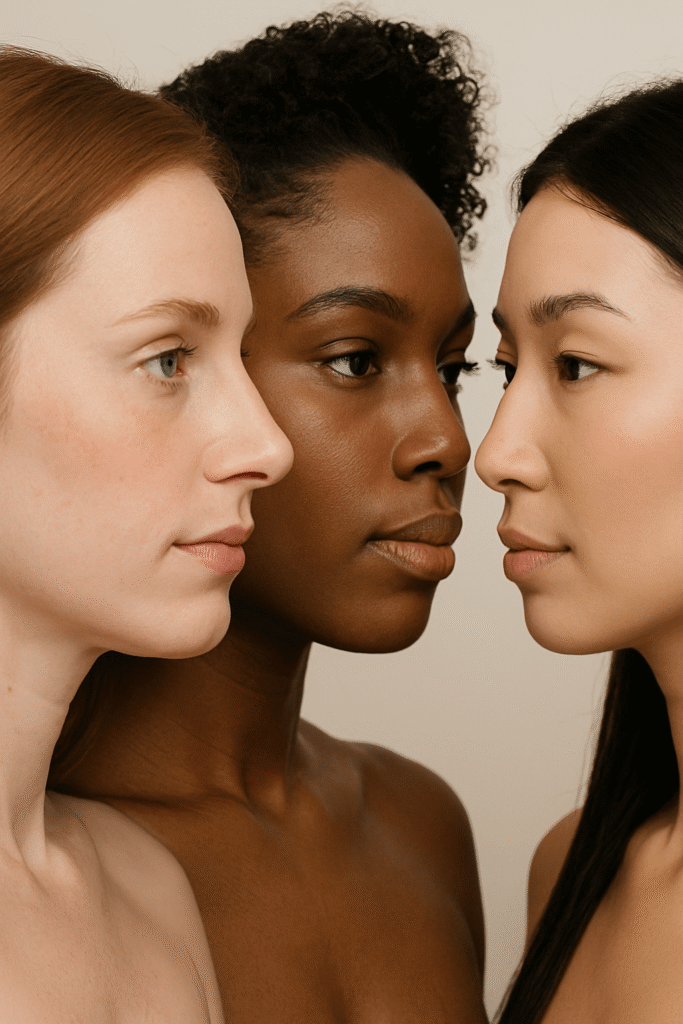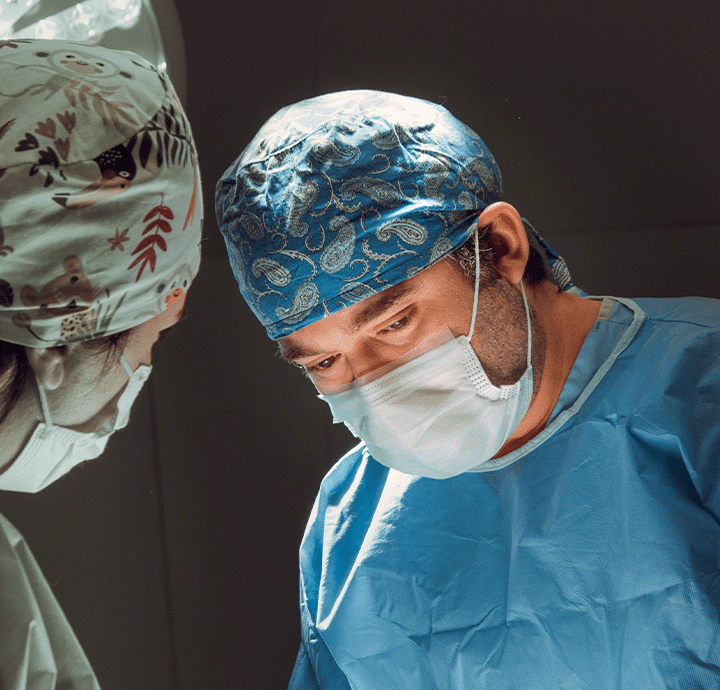
Rhinoplasty: Natural and Functional Nose Aesthetics in Istanbul
The nose plays a central role in both facial aesthetics and healthy breathing. For this reason, a nose job is a widely preferred procedure not only for cosmetic improvements but also to enhance nasal airflow and quality of life. Medically known as rhinoplasty, it is a surgical operation that reshapes the nose externally and internally.
Modern rhinoplasty goes beyond reshaping: it balances beauty and function. Common structural issues like septal deviation are often corrected during the surgery to improve breathing.
Why Consider Nose Job?
- Reduce a nasal hump or bump
- Lift and refine a drooping nasal tip
- Straighten a crooked nose
- Improve breathing by correcting nasal obstructions
- Achieve a nose shape that harmonizes with the face
7 Steps to a Natural Nose Surgery Result
- Consultation and assessment of expectations
- Facial and nasal structural analysis
- Surgical planning: open vs. closed technique
- Surgery under general anesthesia
- Use of splint and nasal supports for 7 days
- Swelling reduction in the first month
- Final shape formation within 6–12 months
Nose Job Techniques: Open vs. Closed
Dr. Fatih Mehmet Hanege evaluates each patient’s anatomy to determine the best surgical technique. Closed rhinoplasty involves incisions inside the nose with no visible scars, ideal for simpler cases. Open rhinoplasty includes a small incision under the nose, allowing clearer visibility for more complex procedures such as grafting or revisions.
Learn more about the differences between open and closed rhinoplasty techniques.

Thick Skin and Ethnic Rhinoplasty Considerations
Patients with thicker nasal skin may require tailored surgical strategies. Cartilage support is enhanced, and long-term follow-up is essential to manage post-op swelling and achieve defined contours. Dr. Hanege has extensive experience performing ethnic rhinoplasty across diverse nasal anatomies.
Rhinoplasty is never a one-size-fits-all procedure — especially when it comes to ethnic features. Patients of African or Asian descent often require customized surgical approaches that respect their unique nasal anatomy and cultural identity. For example, patients with African heritage typically have thicker skin and a flatter nasal bridge, which may require structural grafting and reinforced tip support. You can learn more in our article: [The Art and Nuance of African Ethnic Rhinoplasty]
Similarly, Asian patients usually present with shorter nasal bones and a less defined tip. Techniques for Asian rhinoplasty aim to improve nasal projection and definition while preserving ethnic harmony. To explore these specialized methods in detail, visit: [A Customized Treatment: Asian Ethnic Rhinoplasty]
Psychological Preparation Before and After Surgery
Rhinoplasty is not just a change in physical appearance — it represents a personal transformation that deeply affects a patient’s identity, confidence, and emotional wellbeing. Especially for international patients traveling abroad for surgery, this journey includes both medical and psychological dimensions.
Before undergoing nose surgery, it is essential to reflect on why you want the procedure. Are you doing it to feel more confident? To correct a breathing issue? Or to feel more in harmony with your facial features? Identifying your core motivation helps create a solid foundation for satisfaction after the surgery.
Dr. Fatih Mehmet Hanege takes a holistic approach when preparing international patients. His preoperative consultations are not limited to physical assessments; they also explore the patient’s emotional readiness, expectations, and potential concerns. He listens attentively, answers questions transparently, and helps each patient develop a realistic vision of their results.
Patients are guided through emotional milestones — such as:
- Accepting that swelling and bruising are temporary,
- Understanding that the final result will take several months,
- Acknowledging that perfection is neither realistic nor necessary.
Post-surgery, many patients experience emotional ups and downs. It is perfectly normal to feel excited and hopeful one day, then anxious or self-conscious the next. These emotional shifts are part of the recovery curve. Dr. Hanege and his multilingual support team are experienced in providing compassionate, culturally sensitive care to international patients, ensuring you feel supported every step of the way.
By combining expert medical care with psychological support and clear communication, Dr. Hanege ensures that the nose surgery journey is not only physically successful but also emotionally empowering.
Post-Surgical Care Tips
- Protect the nose from trauma and avoid sleeping face-down in the first week
- Refrain from sauna, sun exposure, and intense exercise during the first month
- Follow a low-sodium diet and apply cold compresses to reduce swelling
- Attend all scheduled follow-up appointments
Frequently Asked Questions
1- Will there be visible scars?
Closed rhinoplasty leaves no external scars. Open rhinoplasty may leave a fine scar under the nose, which fades over time. Both techniques have advantages and disadvantages. It is decided based on needs of the case.
2- When can I return to work?
Most patients resume work within 7–10 days post-surgery.
3- Are the results permanent?
Yes, with an experienced surgeon and proper healing, a nose surgery delivers long-lasting results.
4- Is nose job suitable for everyone?
It is generally recommended for patients 18 years or older, in good health, and with realistic expectations.
How Much Does Rhinoplasty Cost?
The cost of nose surgery varies based on surgical complexity, hospital choice, anesthesia, and whether it’s a primary or revision procedure. International patients can contact the clinic for a personalized quote and online consultation.
Where Aesthetics Meets Breathing Health
Rhinoplasty with Dr. Fatih Mehmet Hanege combines medical precision and aesthetic artistry. Located in Istanbul, his clinic offers internationally accredited care to patients from the all over the world.
Visit drhanege.com/en for more information, or follow our latest results and transformations on Instagram @drhanege.

